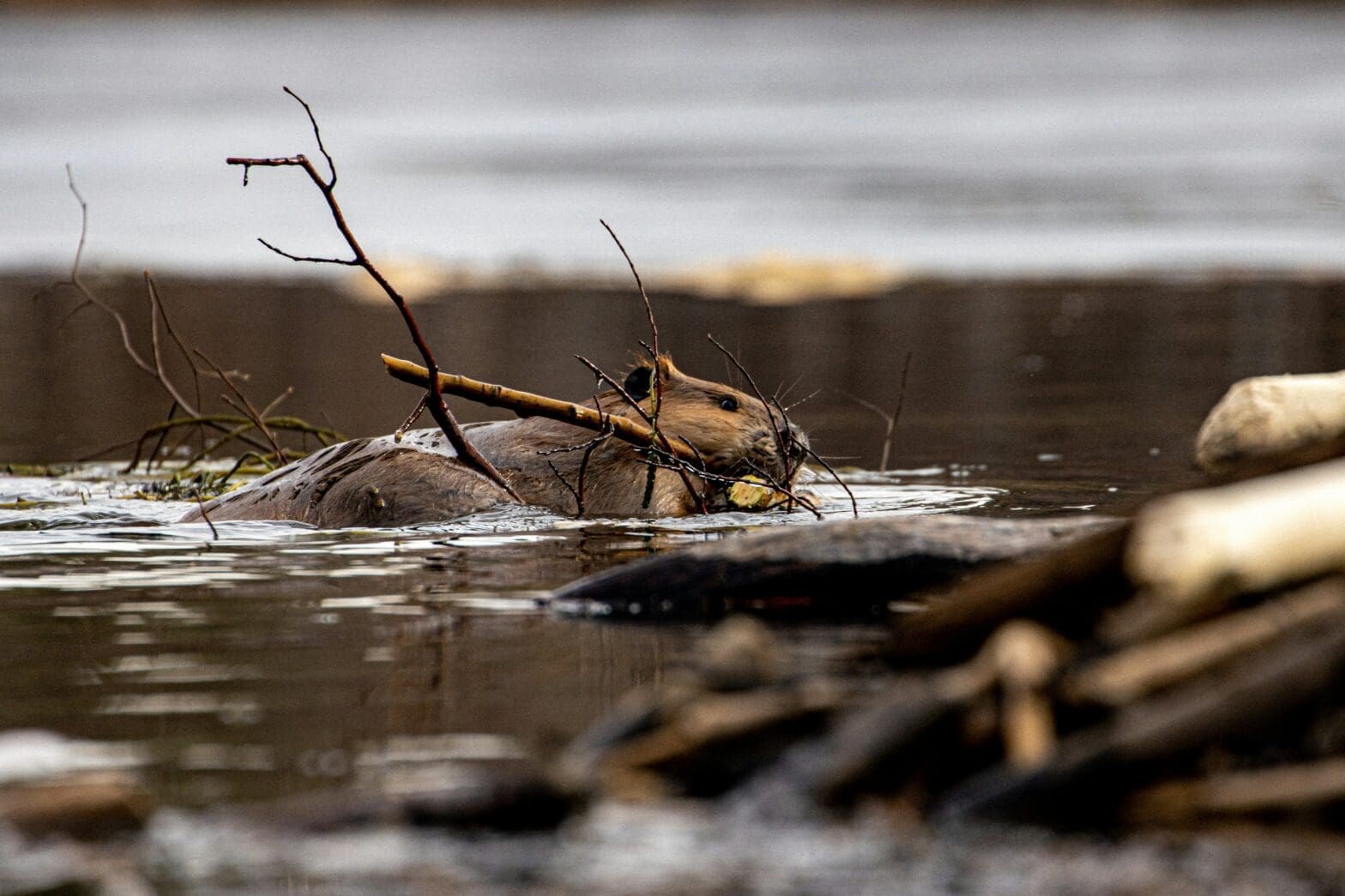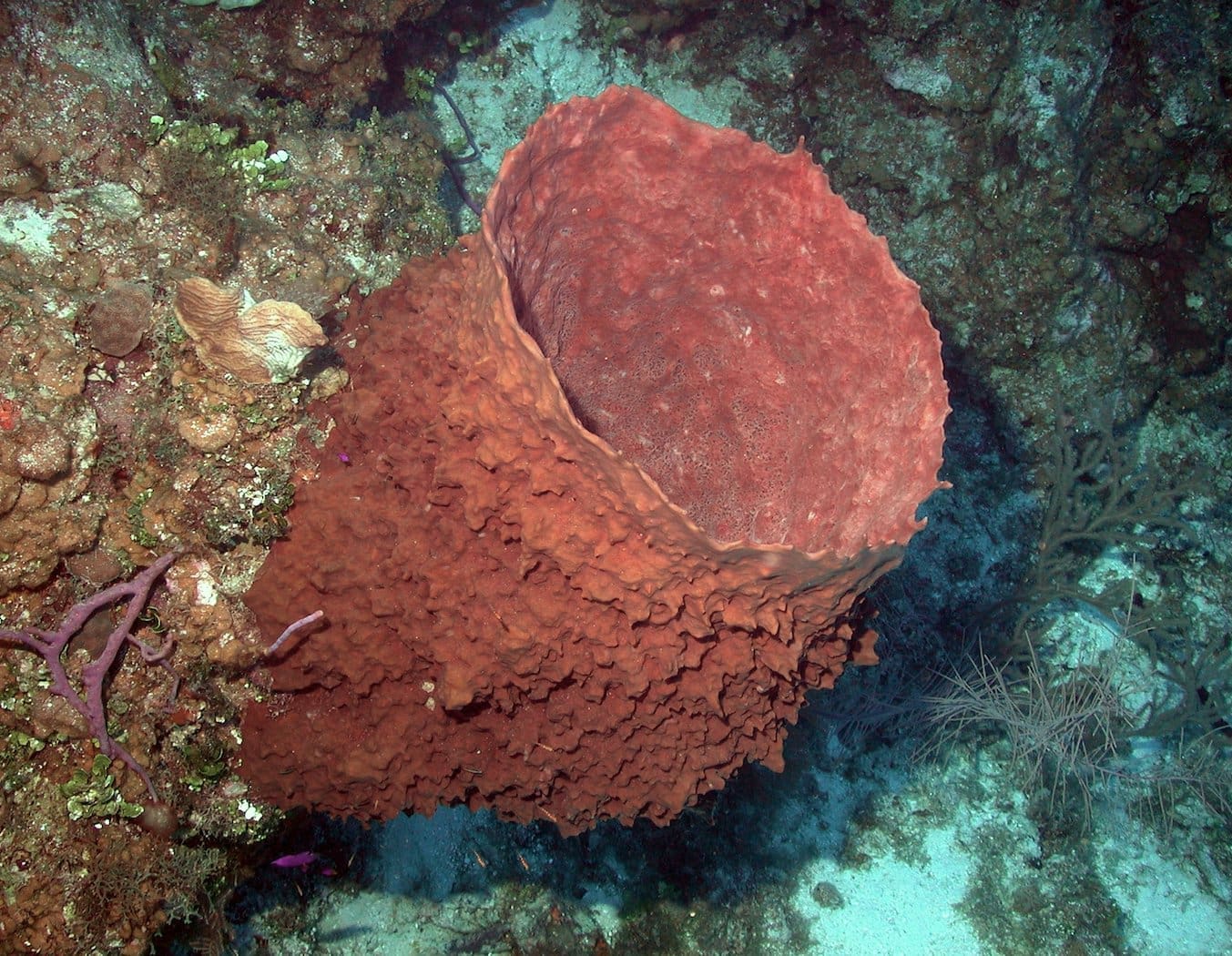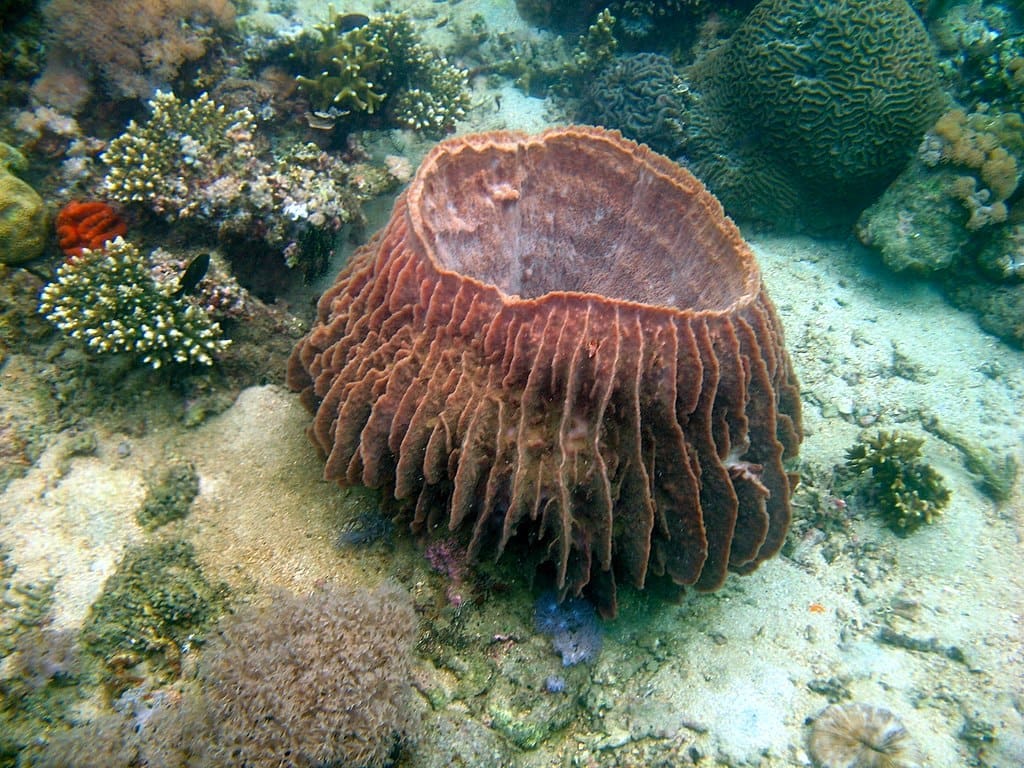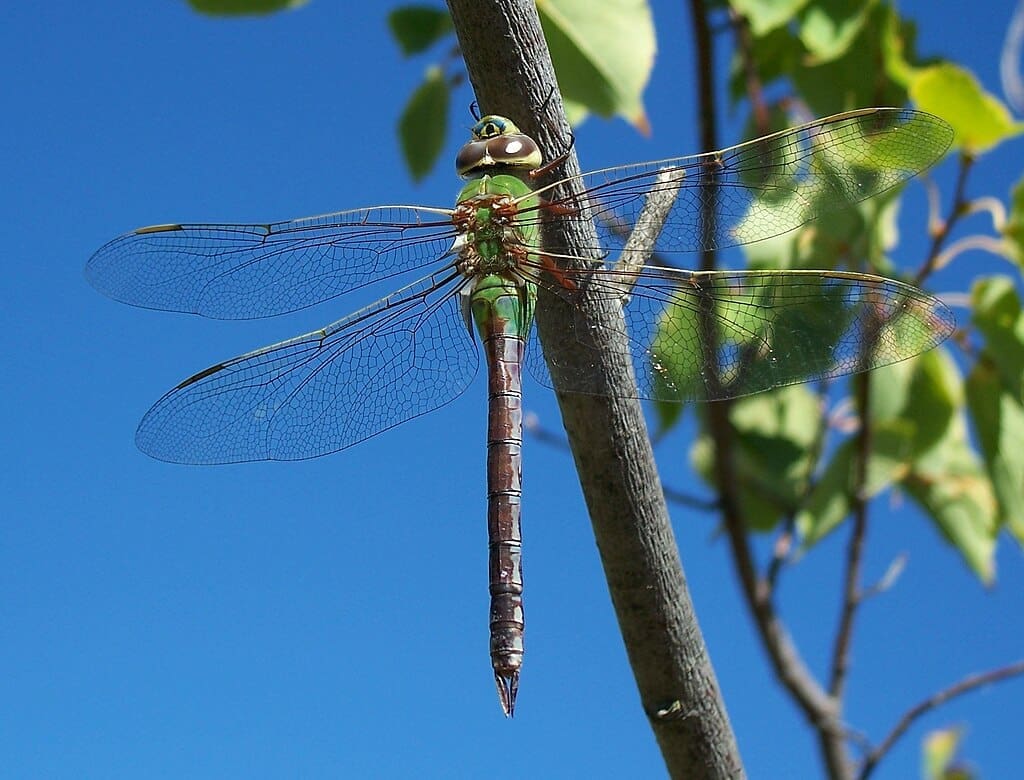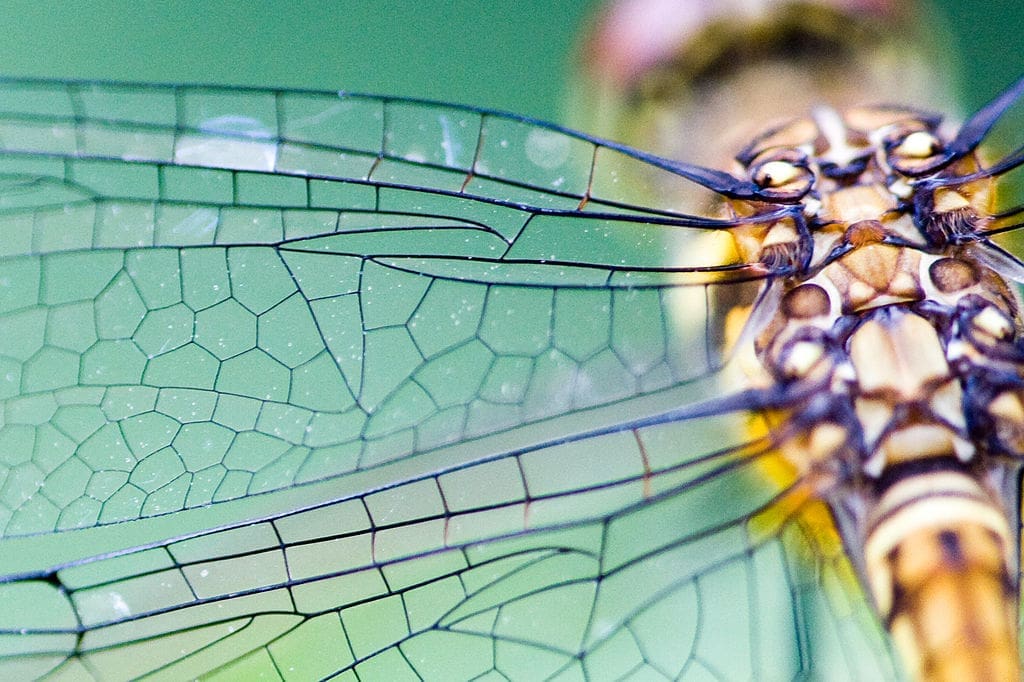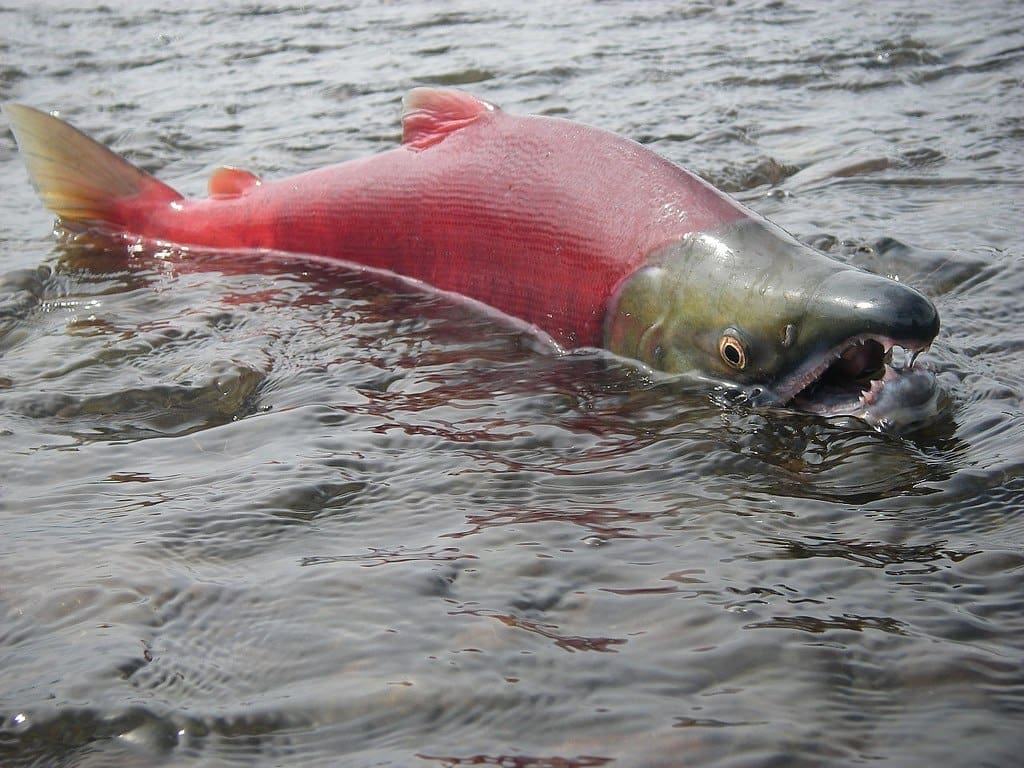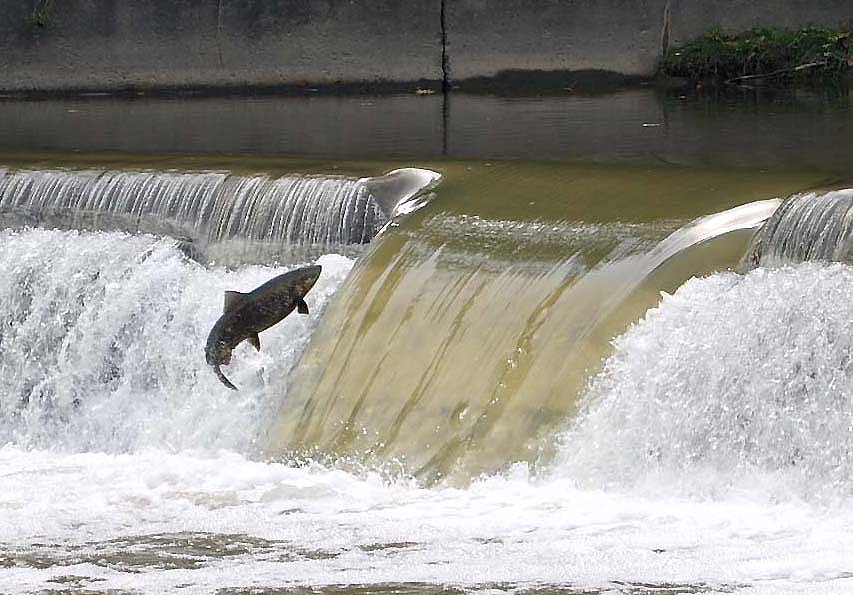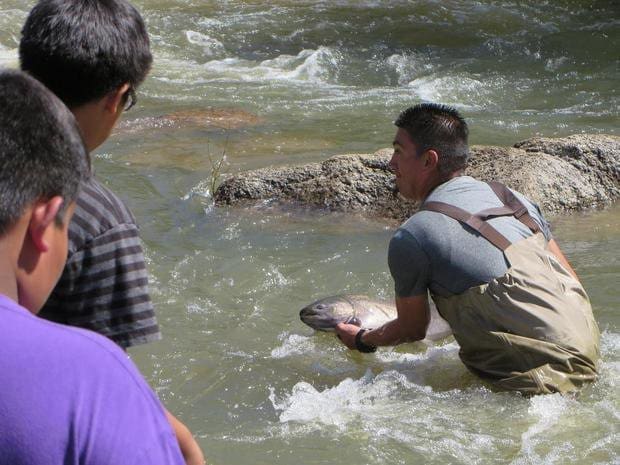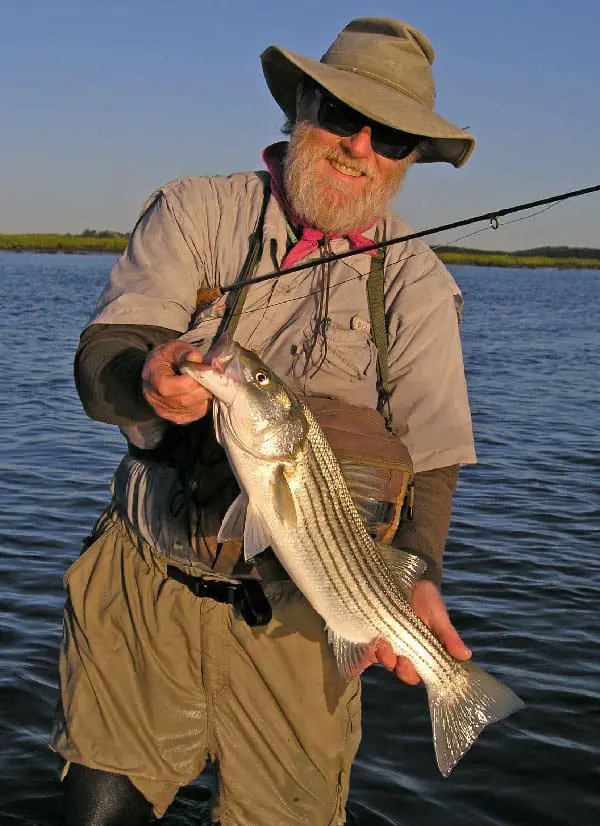Which creature fights fires, creates wetlands, recharges groundwater, alters landscapes, and is a climate hero?
Beavers!
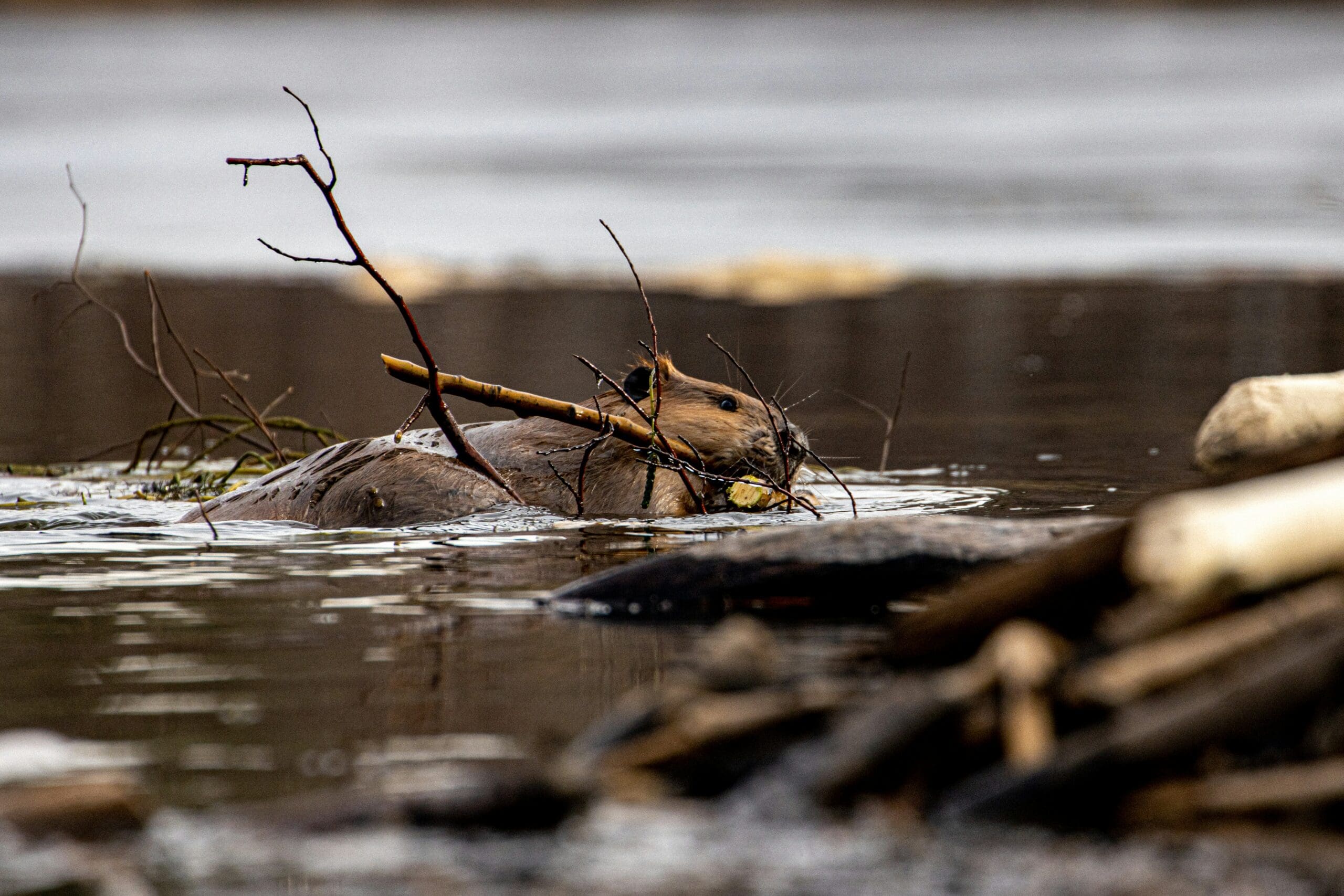
At Bio4Climate, we LOVE beavers. We’re borderline obsessed with them (or maybe not so borderline) because they do SO much for Earth’s ecosystems, natural cycles, and biodiversity. These furry, water-loving creatures are finally beginning to receive the recognition they deserve in mainstream media now that more people see how their existence and behaviors lead to numerous benefits for everyone’s climate resilience.
We are one of the many organizations advocating for their reintroduction across North America and some places in Europe. For this reason, when I spotted one on a hike during my time in Tennessee, I did what any Bio4Climate team member would do: jump in excitement, yell out “Oh my gosh it’s a BEAVER!” and take a picture that I’ll treasure forever.
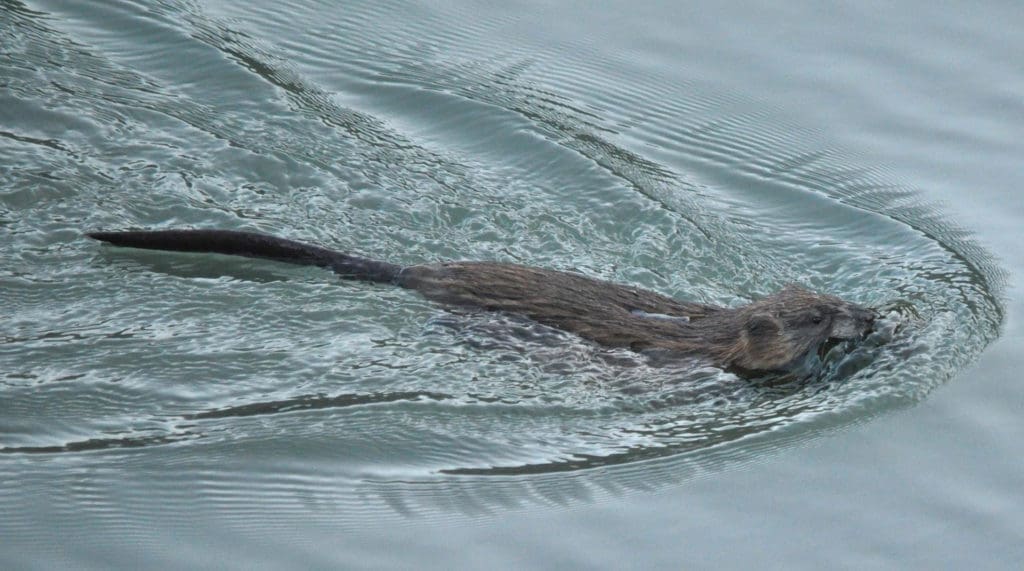
The rockin’ rodent
Beavers live in family groups of up to eight members. Offspring stay with their parents for up to two years, meanwhile helping with newborns, food gathering, and dam building. To create dams, beavers use their large teeth to cut down trees and lug over branches, rocks, and mud until they successfully slow down the flow of water. These dams include lodges that beavers use as bedrooms and to escape from predators. Dams are designed according to the water’s speed: in steady water, the dam is built straight across, and in rushing water the dam is built with a curve. These engineers build their dams in a way that makes them nearly indestructible against storms, fires, and floods.
Look at those bright orange teeth! The color is thanks to an iron-rich protective coating. Beaver teeth grow continuously, and require gnawing on trees for trimming.
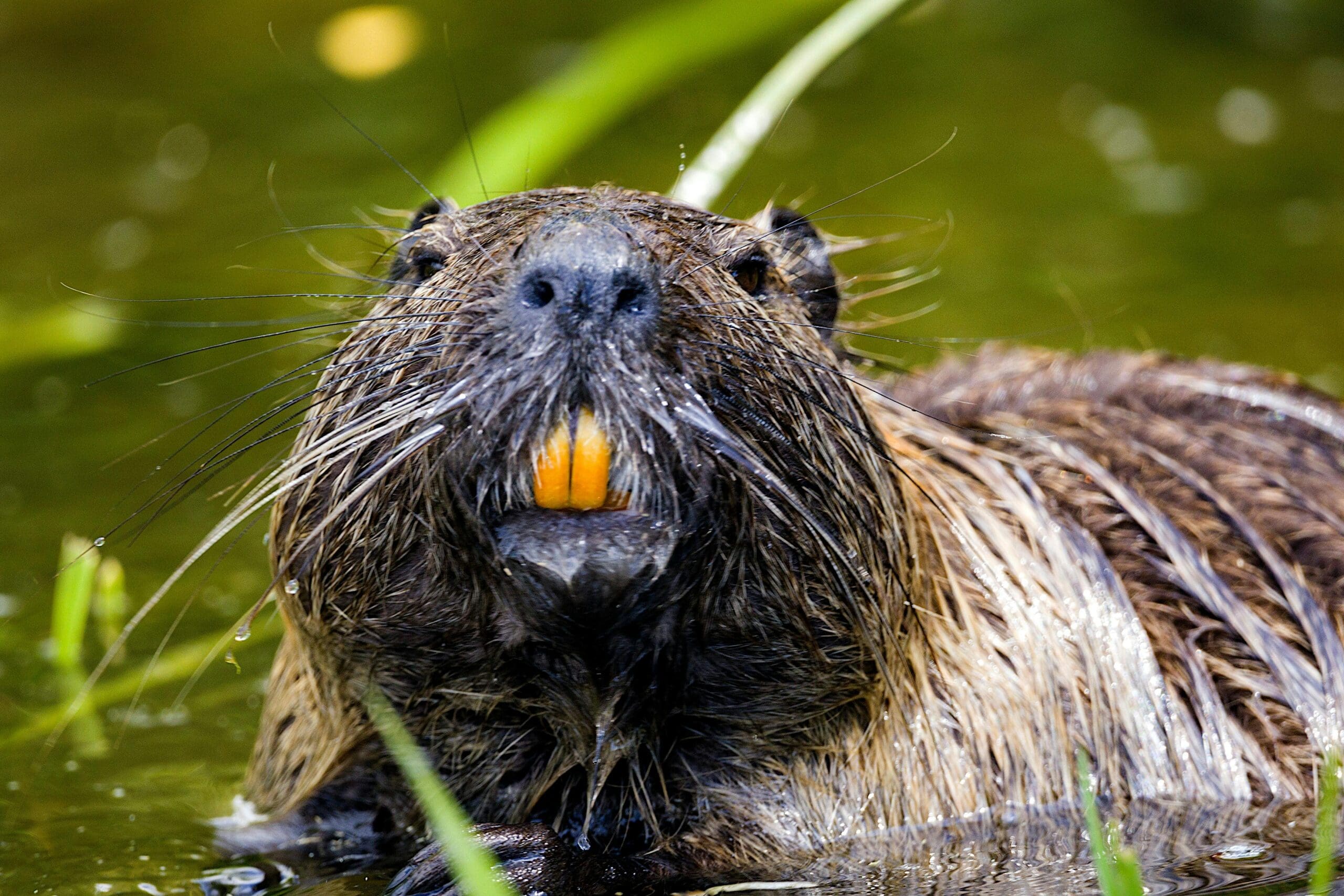
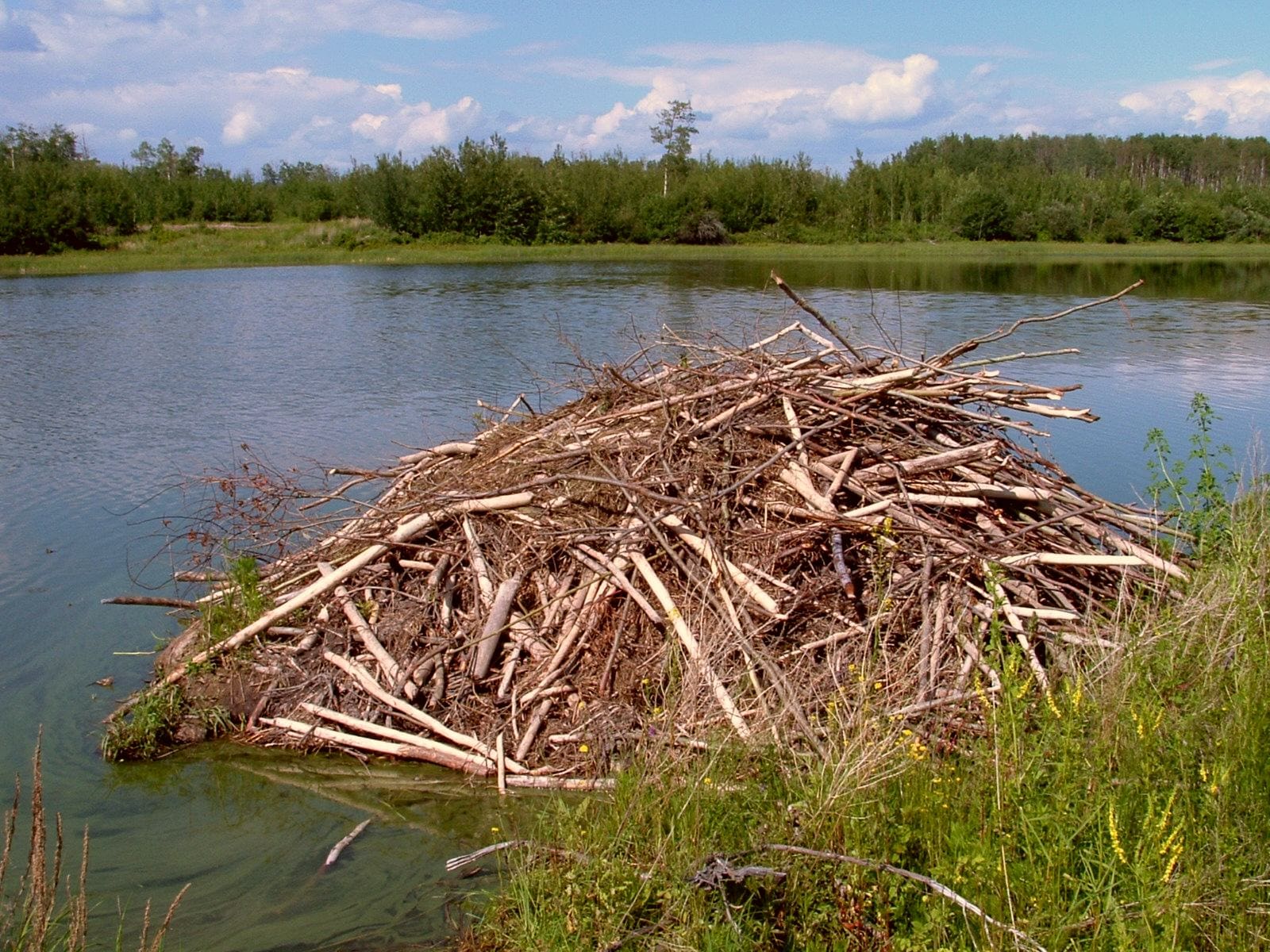
Furry firefighters
Beaver dams are what make these rodents, the largest ones in North America, so special. When dams alter the flow of water, they create ponds that stretch out a river into a wide wetland. These ponds filter pollutants and store nutrients that then attract a variety of wildlife including fish seeking nurseries, amphibians looking for shelter, and mammals and birds searching for food and water sources.
The abundance of wildlife and the storage of necessary nutrients in beaver ponds classifies these places as biodiversity hotspots, meaning they are “biogeographic regions with significant levels of biodiversity that are threatened by human habitation” (Wikipedia). Beaver ponds also store sediment, and this helps recharge groundwater. Due to the sheer wetness of these ponds, and how deep the water filters into the soil, fires are often extinguished as soon as they reach a beaver pond. In this way, beavers are nature’s firefighters, of which we need many more in areas where extreme heat is increasing.
“There’s a beaver for that”
— Ben Goldfarb
- Wetland Creation
- Biodiversity Support
- Water Filtration
- Erosion Control
- Wildlife Habitat
- Flood Management
- Drought Resilience
- Forest Fire Prevention
- Carbon Sequestration
- They’re Cool (pun intended)
Beavers are considered ‘ecosystem engineers’ because they actively shift the landscape by fluctuating the flow of water and the placement of plants and trees. Muskrats, minks, and river otters also find refuge in beaver lodges. When beavers take down trees, they create pockets of refuge for insects. Using their constructive talents, beavers significantly modify the region and, in turn, create much-needed habitat for many. Numerous creatures rely on beaver dams for survival, and the local ecosystem dramatically changes when a beaver family is exterminated; for these reasons, we also consider them ‘keystone species.’
Disliked dam builders
Despite the positive impact beavers have on biodiversity and ecosystems, we humans have viewed them as fur, pests, and perfume. By 1900, beavers went nearly extinct across Europe and North America. We hunted them for their fur in response to fashion trends, and trapped them for their anal musk glands, or castors, which produce castoreum, a secretion that beavers use to mark their homes and that humans use to make perfume. When beaver populations plummeted, so did the number of dams and ponds, meaning vast swaths of land were drastically altered during this time – and not for the better. To this day, we kill beavers when they wander into military bases or near urban areas since we see their dam-building behaviors as potentially damaging to man-made properties.
Thankfully, as more ‘Beaver Believers’ speak out against these practices and more authorities recognize the importance of beaver benefits, these rodents are beginning to return to their original homes. California recently passed a program specifically for beaver reintroduction efforts across the state. Washington, Utah, and Massachusetts are other states witnessing the return of beavers. People like Skip Lisle of Beaver Deceivers are designing culverts that prevent beaver dams from damaging infrastructure, but allow the beavers to create their biodiverse-filled ponds. These are just a few examples of the ways we can coexist with beavers, and in turn heal our communities.
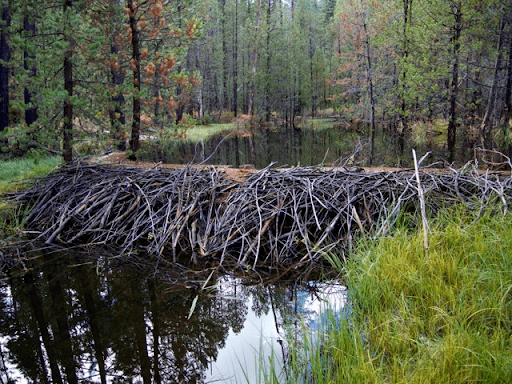
Climate heroes
There are places in North America where water sources are decreasing for all living things, and in other regions the amount of rainfall is increasing while the amount of snow is decreasing. These weather conditions are detrimental to all of our health, unless we welcome back beavers.
As the effects of climate change and biodiversity loss increase, storing water, preventing runoff and erosion, and protecting biodiverse hotspots become more important by the hour. By restoring local water cycles, beaver ponds provide a source of life. By spreading water channels and creating new ones, beaver dams prevent flooding and stave off wildfires. By encouraging the cycling and storage of nutrients, beaver ponds nurture soil health and that leads to carbon sequestration. We all have something to gain from beavers as long as we allow them to do what they do best: build those dams.
To learn more about beavers, watch the video below and the two in the ‘Sources’ section. We also highly recommend Ben Goldfarb’s Eager: The Surprising Secret Life of Beavers and Why They Matter for further reading.
For all creatures that deserve a feature,
By Tania Roa
Sources:
Why BEAVERS Are The Smartest Thing In Fur Pants
Why beavers matter as the planet heats up
9 Amazing Beaver Facts
Environmental Benefits of Beavers – King County
8 Facts to Celebrate International Beaver Day | Smithsonian’s National Zoo

